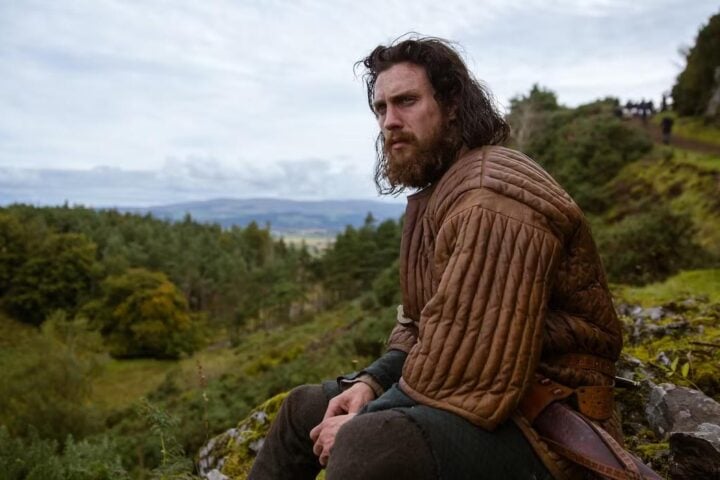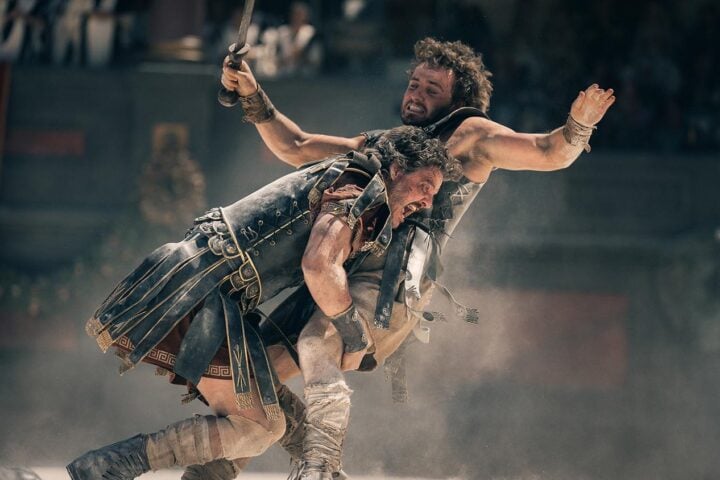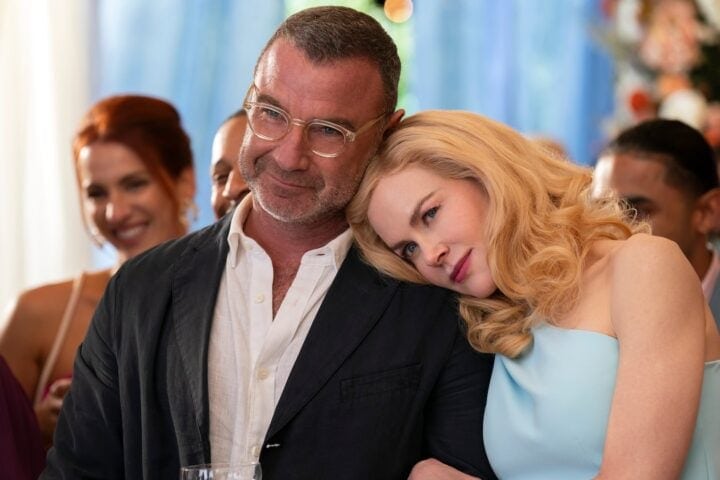While it’s certainly nice to get a change of scenery from the Boston travelogue of the first two films in the Equalizer series, Italy, at least on paper, might seem like an odd, random choice of locale for Antoine Fuqua to wrap up the trilogy. But not long after The Equalizer 3 opens on an Italian man and his son cruising toward a Sicilian vineyard, it all starts to make sense: The fertile soil and pathways to the main villa are strewn with mutilated bodies, all the way down into a basement where the shadowy figure of Robert McCall (Denzel Washington) looks upon the aforementioned man with a casually predatory indifference.
Those opening minutes justify the trek to Italy more than any of the delicious-looking cappuccinos that McCall downs later in the film. Despite always being on the side of swift justice for the little guys of the world, when our vigilante protagonist gets down to business, he goes from being an affable, charismatic enigma of a man to an efficient, unstoppable angel of death.
Taking McCall to Italy, though, changes the tone and timbre of his dirty deeds, insofar as it feels like we’re in the realm of a modern-day giallo. We’re still rooting for him to take out the trash, but Equalizer 3’s moments of arterial violence are laced with a new international flavor of unnerving horror that make it one of the most distinct films of its type in some time, which is saying a lot given the operatic highs of John Wick: Chapter 4’s journey to Paris.
That’s a flavor the film does need, though, given how vanilla much of the rest of it is. The overarching plot of Equalizer 3 is pretty boilerplate, with the Camorra wanting to turn the tiny coastal town of Altamonte into a money-printing tourist trap. And the crime syndicate is more than willing to shake down the populace to do so. Unfortunately, the shakedown happens around the same time that McCall finds himself in Altamonte, recovering from his wine-tasting excursion by sightseeing, befriending the locals, and sampling the local cuisine.
You can quickly guess where Equalizer 3 is going from there, which makes the stretches where the C.I.A. is tracking down drug shipments and the mob is running around Altamonte collecting protection money and beating down cops feel like a grind. But the fine details count for a lot. Much of the strength of this series comes down to the small interpersonal moments, of seeing the world that McCall feels so driven to defend, and all the ways he chooses to be a warm point of light within it. And like its predecessors, Equalizer 3 is alive to that feeling.
Washington’s charisma also goes a long way toward conveying that vision, and he does incredibly subtle work at conveying all the ways that McCall goes about coping with his O.C.D. You sense that he’s figured out how to walk out of a room before he even sits down, as well as in the amount of anger he levels over minor injustices without cranking up to murder mode. All these aspects are never so pronounced as seeing him interact with Dakota Fanning’s C.I.A. agent Emma Collins, which results in an unexpectedly heartwarming Man on Fire reunion that winds up being a showcase for Washington finally leaning into the oldhead part of his career.
Throughout, cinematographer Robert Richardson whips up some stunning, naturally lit shots across set pieces that suggest less the shootouts and hardware-store brawls of the first two Equalizer films than the lurching terror of a Mario Bava production. Even more than the change in his character’s demeanor, the camera seems to morph Washington into an unholy gargoyle when the blood starts flowing. He looms in shadows and doorways like he’s 20-feet tall, willing to inflict the most gruesome violence of the entire series on his Camorra prey.
There’s a parallel stretch of the finale where McCall follows a dying man through the streets of Altamonte while a religious festival happens blocks away that would feel right at home in The Godfather’s bravura climax. But Equalizer 3 is still a little too beholden to the action-movie standards and expectations of its genre to reach the heights of the baptism sequence from Francis Ford Coppola’s classic. When the chips fall into place, though, showing why and how McCall wound up in Italy in the first place, it’s hard not to feel like the filmmakers at least recognize the power in leaving their hero in the same place: as a purposeful monster who, to paraphrase McCall himself, has found himself exactly where he’s supposed to be.
Since 2001, we've brought you uncompromising, candid takes on the world of film, music, television, video games, theater, and more. Independently owned and operated publications like Slant have been hit hard in recent years, but we’re committed to keeping our content free and accessible—meaning no paywalls or fees.
If you like what we do, please consider subscribing to our Patreon or making a donation.





